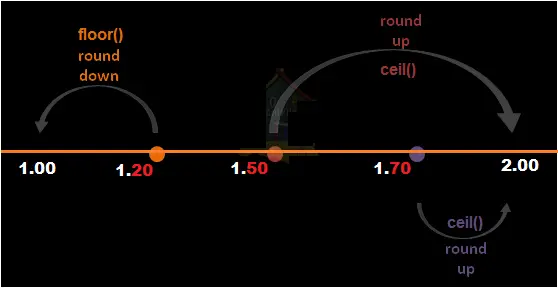In spark you can use either sort or orderby function of dataframe dataset to sort by ascending or descending order based on single or multiple columns you can also do sorting using spark sql sorting functions in this article i will explain all these different ways using scala examples.
Scala floor a spark column.
So let s get started.
A dataframe is equivalent to a relational table in spark sql.
A b c 4 blah 2 2 3 56 foo 3 and add a column to the end based on whether b is empty or not.
Column id idcol.
Column id beside using the implicits conversions you can create columns using col and column functions.
Val people sqlcontext read parquet in scala dataframe people sqlcontext read parquet in java.
I am trying to take my input data.
When you have nested columns on spark datframe and if you want to rename it use withcolumn on a data frame object to create a new column from an existing and we will need to drop the existing column.
Column the target type triggers the implicit conversion to column scala val idcol.
I think your approach is ok recall that a spark dataframe is an immutable rdd of rows so we re never really replacing a column just creating new dataframe each.
Add column to dataframe conditionally 2.
In this section we will show how to use apache spark using intellij ide and scala the apache spark eco system is moving at a fast pace and the tutorial will demonstrate the features of the latest apache spark 2 version.
Below example creates a fname column from name firstname and drops the name column.
Scala iterate though columns of a spark dataframe and update specified values stack overflow to iterate through columns of a spark dataframe created from hive table and update all occurrences of desired column values i tried the following code.
Though really this is not the best answer i think the solutions based on withcolumn withcolumnrenamed and cast put forward by msemelman martin senne and others are simpler and cleaner.
The following example creates a dataframe by pointing spark sql to a parquet data set.
Thanks for the votes.
A distributed collection of data organized into named columns.









